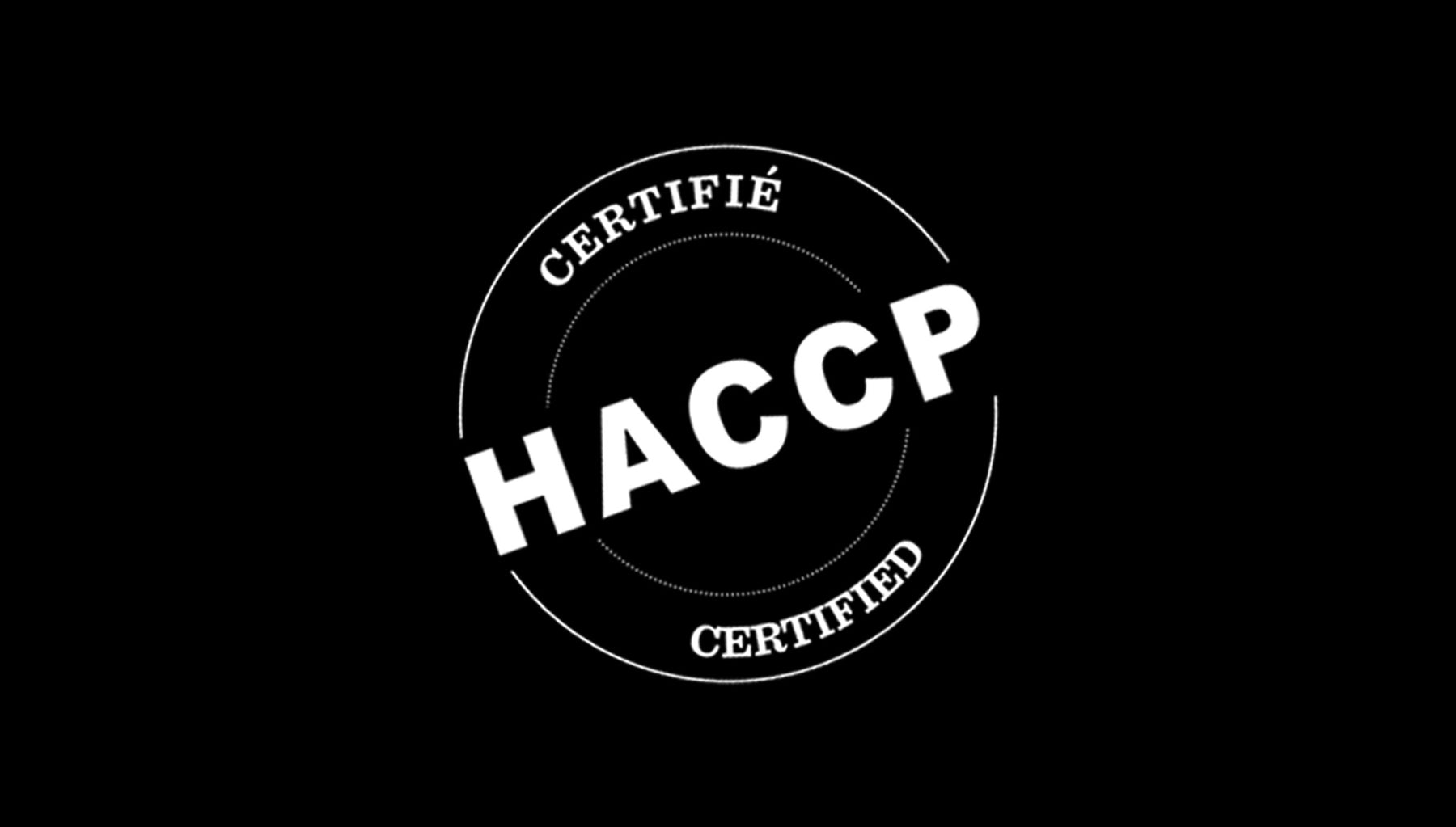
What is the HACCP Certification?
When we talk about food, we hear all kinds of terms, whether we talk about online butchery, food processing factories, restaurants, and so on. In fact, as in many fields, the food includes a well-furnished lexicon. And it also has several abbreviations and important acronyms. We can think of ANSI (American National Standards Institute), we often see FDA (Food and Drug Administration), or we hear about BTU (British Thermal Unit), often used in barbecue lexicon, to name only those.
There is also one that is even more important when it comes to safety and your food security. You probably agree that everything we eat must be clean, safe and/or drinkable for us humans? This is what HACCP Certification ensures.
What does HACCP mean?
HACCP is an acronym that means Hazard Analysis Critical Control Point. But HACCP is not a standard, but rather a method or a tool to ensure food safety in all the aspects of food transformation process. Basically, what it means is that this method or system allows us to identify, evaluate and, above all, control all the hazards that could threaten safety of the food we would eventually eat or drink.
Not only in Canada
HACCP Certification is a method that has been and continues to be successful, not only in Quebec and Ontario, but around the world in all processing sectors, food distribution and restaurants.
The 7 Principles of HACCP
In order to achieve HACCP Certification, an agribusiness company, such as a restaurant, a processing factory or even an online butcher shop, must follow a 12-step suite related to 7 main principles. Which are:
1. Conduct a Hazard Analysis
The application of this principle involves listing the process steps and identifying potential risks or hazards. The people in charge of the HACCP certification then focus on the dangers that can be prevented, eliminated or controlled by the HACCP system.
2. Identify the Critical Control Points
A critical point is a step or procedure in which control can be applied and a food safety hazard can be prevented, eliminated or reduced to acceptable levels. The HACCP certification team uses a decision tree to help identify critical control points (or CCP) in the process. A critical control point can control more than one food safety hazard. The number of critical points required depends on the processing steps and the control necessary to ensure food safety.
3. Establish Critical Limits
The critical limit is the maximum and/or minimum value at which a biological, chemical or physical parameter must be controlled at a critical point to prevent, eliminate or reduce to an acceptable level the occurrence of a food safety hazard. The critical limit is determined by measurements such as time, temperature, water activity (Aw), pH, weight, etc.
4. Monitor CCP
The team in charge of HACCP certification describes the monitoring procedures for critical limit measurement at each critical control point (CCP). Monitoring procedures should describe how the action is taken, when the action is taken, who is responsible for the measurement, and how often the measurement is taken during production.
5. Establish Corrective Action
Corrective measures are the procedures followed in case of deviation in a critical limit. The HACCP certification team identifies steps that will be taken to prevent potentially hazardous foods from entering the food chain and the steps needed to correct the process. This usually includes identifying the problems and the steps taken to ensure that the problem will not happen again.
6. Verification
Those are activities, other than monitoring, that determine the validity of the HACCP plan and the operation of the system in accordance with the plan. The HACCP team can identify activities such as critical point audit, record review, pre-shipment review, instrument calibration and product testing as part of verification activities.
7. Recordkeeping
A key element of the HACCP system is to record information that can be used to prove that the food was produced safely. The records must also include information on the HACCP plan. Records must include information about the HACCP team, product description, flowcharts, hazard analysis, identified critical points, critical limits, monitoring system, corrective actions, archiving procedures and verification procedures.
This shows that we are not joking with food safety. The HACCP system is also the basis for any food safety standard, which is recognized by the Global Food Safety Initiative (GFSI).
Maillard, online butcher
At Maillard, we are proud to say that we work with suppliers and providers that are all HACCP certified and therefore offer you the best meat quality.
Maillard is an online butcher that offers a wide range of exceptional quality meats, delivered right to your doorstep the very next day. You will find all the meat products you love: local and exotic meats, seasoned or regular, ordered by the box or just a single piece, but always with our guarantee of great taste!
Order now: www.maillard.co


